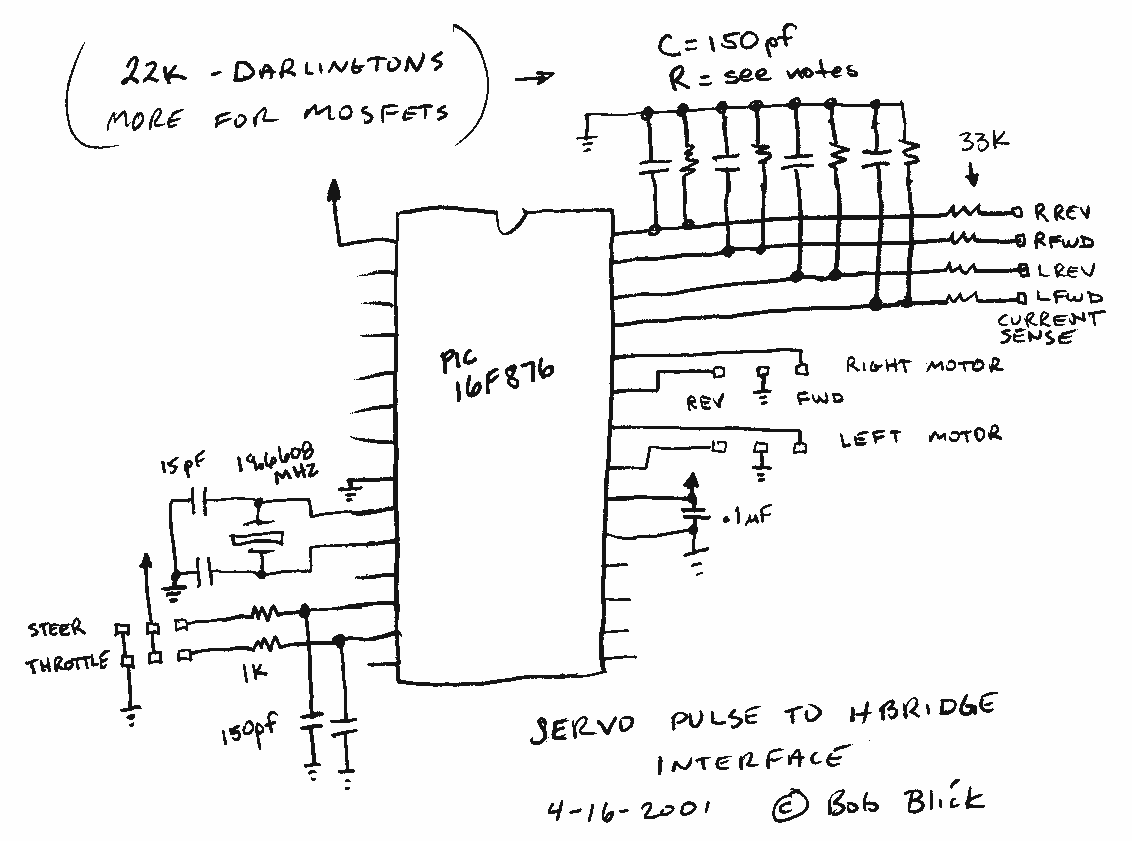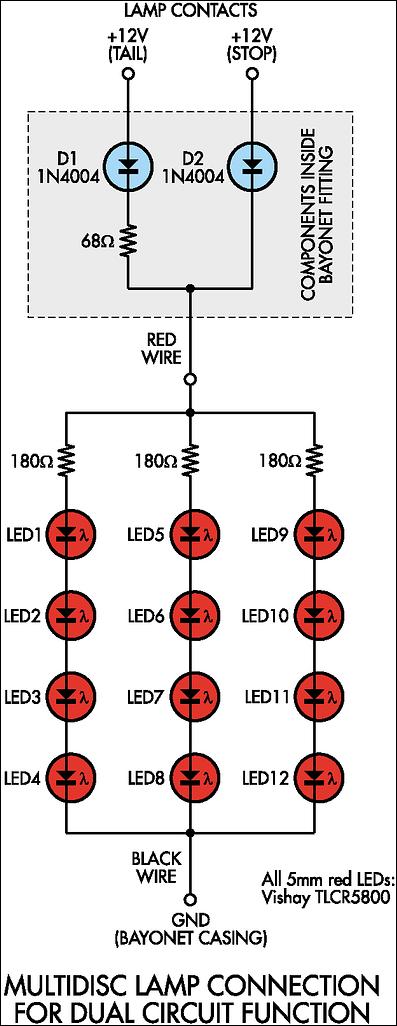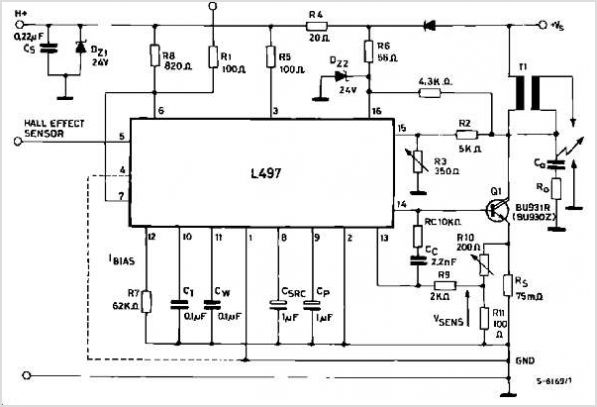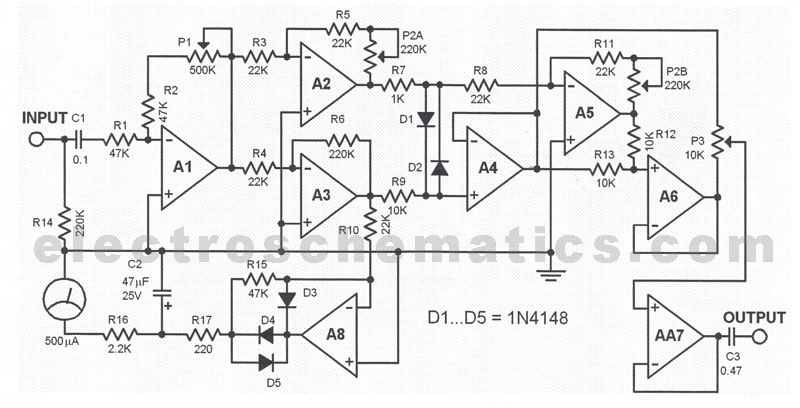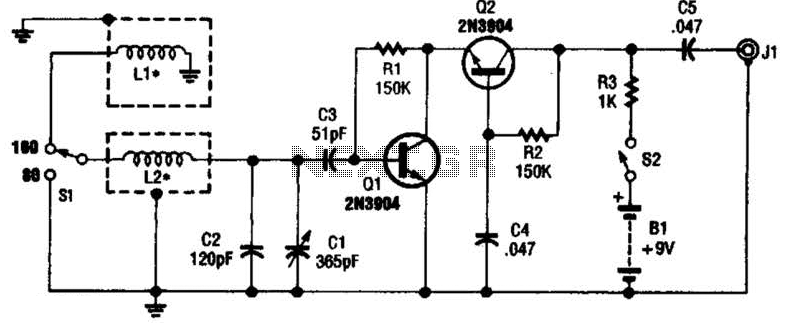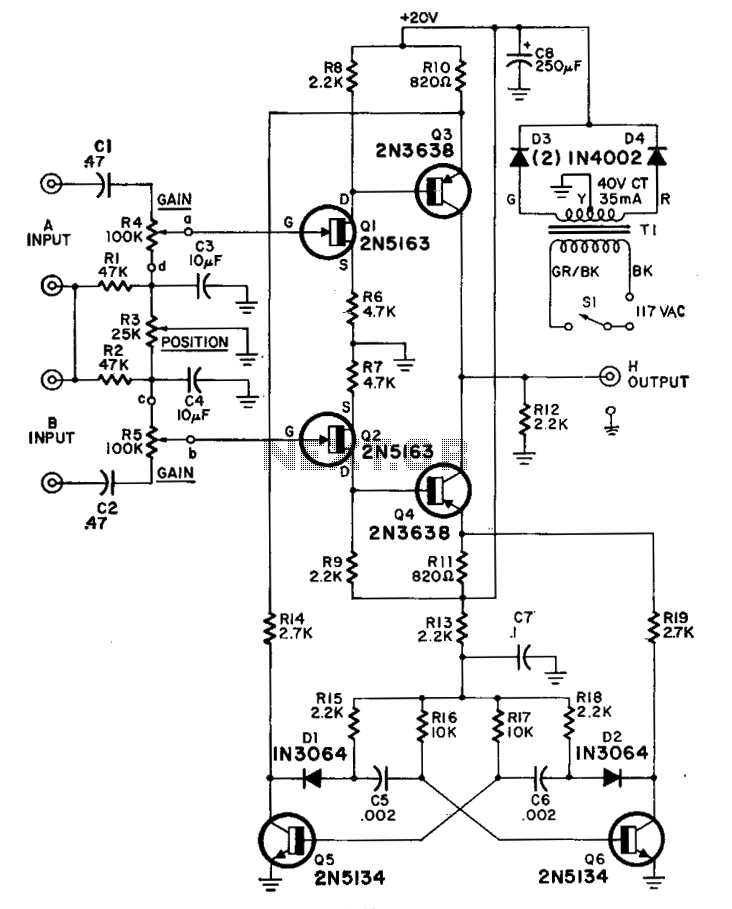
MLX90224 Dual Hall Effect Latch

RGB Video Amplifier with OSD Input, MM1381XD, MM1382XD, and MM1383XD are wideband RGB Video Amplifiers with OSD input, developed for monitors. The main differences among them are video amplifier bandwidth, output rise time, and output fall time. By Mitsumi Electronics, Corp.
The MM1381XD, MM1382XD, and MM1383XD series of RGB Video Amplifiers are designed to enhance video signal quality in display applications. These amplifiers are notable for their capability to handle wideband signals, making them suitable for high-resolution monitors. Each model in the series has unique specifications that cater to different performance requirements.
The MM1381XD is optimized for applications requiring moderate bandwidth and is suitable for standard video resolutions. It features a specified output rise time that ensures quick signal transitions, contributing to improved image clarity. The output fall time is also tailored to maintain signal integrity during rapid changes in the video signal, which is critical for maintaining visual quality.
The MM1382XD offers enhanced bandwidth compared to the MM1381XD, allowing it to support higher resolution video signals. This model is ideal for applications where image detail is paramount, such as in professional monitors and high-definition displays. Its output rise and fall times are optimized to handle the increased data rates associated with higher bandwidth signals, ensuring minimal distortion and lag in the video output.
The MM1383XD represents the highest performance in the series, with the widest bandwidth capabilities. This amplifier is designed for use in advanced display systems where the utmost precision in video signal amplification is required. The output rise and fall times are minimized to support rapid changes in the video signal, making it suitable for fast-moving images and high frame rate content.
All three models incorporate an On-Screen Display (OSD) input feature, allowing for the integration of overlay graphics and text onto the video output. This functionality is particularly useful in applications where additional information needs to be displayed alongside the primary video content, such as in gaming monitors or professional video editing suites.
In summary, the MM1381XD, MM1382XD, and MM1383XD RGB Video Amplifiers are versatile solutions for enhancing video quality in various monitor applications, with each model offering distinct advantages tailored to specific performance needs.RGB Video Amplifier with OSD Input, MM1381XD, MM1382XD and MM1383XD are wideband RGB Video Amplifiers with OSD input, developed for monitors. The main differences among them are Video amp bandwidth, output rise time, and output fall time. By Mitsumi Electronics, Corp. 🔗 External reference
The MM1381XD, MM1382XD, and MM1383XD series of RGB Video Amplifiers are designed to enhance video signal quality in display applications. These amplifiers are notable for their capability to handle wideband signals, making them suitable for high-resolution monitors. Each model in the series has unique specifications that cater to different performance requirements.
The MM1381XD is optimized for applications requiring moderate bandwidth and is suitable for standard video resolutions. It features a specified output rise time that ensures quick signal transitions, contributing to improved image clarity. The output fall time is also tailored to maintain signal integrity during rapid changes in the video signal, which is critical for maintaining visual quality.
The MM1382XD offers enhanced bandwidth compared to the MM1381XD, allowing it to support higher resolution video signals. This model is ideal for applications where image detail is paramount, such as in professional monitors and high-definition displays. Its output rise and fall times are optimized to handle the increased data rates associated with higher bandwidth signals, ensuring minimal distortion and lag in the video output.
The MM1383XD represents the highest performance in the series, with the widest bandwidth capabilities. This amplifier is designed for use in advanced display systems where the utmost precision in video signal amplification is required. The output rise and fall times are minimized to support rapid changes in the video signal, making it suitable for fast-moving images and high frame rate content.
All three models incorporate an On-Screen Display (OSD) input feature, allowing for the integration of overlay graphics and text onto the video output. This functionality is particularly useful in applications where additional information needs to be displayed alongside the primary video content, such as in gaming monitors or professional video editing suites.
In summary, the MM1381XD, MM1382XD, and MM1383XD RGB Video Amplifiers are versatile solutions for enhancing video quality in various monitor applications, with each model offering distinct advantages tailored to specific performance needs.RGB Video Amplifier with OSD Input, MM1381XD, MM1382XD and MM1383XD are wideband RGB Video Amplifiers with OSD input, developed for monitors. The main differences among them are Video amp bandwidth, output rise time, and output fall time. By Mitsumi Electronics, Corp. 🔗 External reference
